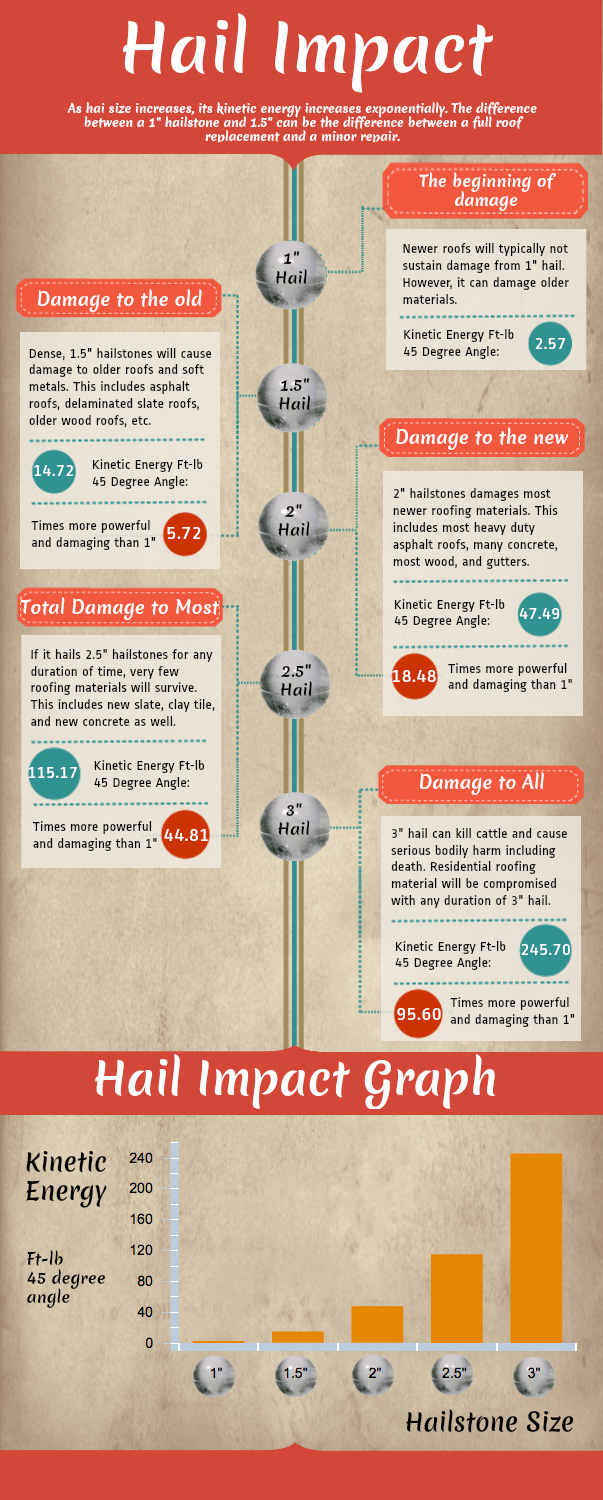The Function Of Roofing System Air Flow In An Effective Setup
The Function Of Roofing System Air Flow In An Effective Setup
Blog Article
Web Content By-Hermansen Rosa
When you're taking on a roof job, you might not think much concerning roof ventilation, yet it's even more important than you recognize. Efficient air flow assists control temperature level and moisture in your attic room, avoiding issues like mold and mildew and structural damages. By understanding exactly how to create and mount a balanced air flow system, you can improve energy effectiveness and lengthen the lifespan of your roof materials. So, what are the crucial factors to think about during setup that can make all the difference?
Relevance of Roof Covering Ventilation
Roof covering air flow plays a critical role in preserving the total health of your home. By enabling fresh air to distribute with your attic, it assists manage temperature and dampness levels. This balance is essential to stop warm buildup during warm months, which can cause increased power costs as your cooling burns the midnight oil.
Furthermore, correct air flow dramatically minimizes the threat of moisture-related problems like mold and mildew and mold. If moisture levels increase, your home's structural integrity can be endangered, bring about pricey repairs. You wouldn't want to deal with decomposing wood or distorted roofing materials, right?
Furthermore, appropriate air flow extends the life-span of your roof. When warm and dampness are kept in check, your roofing system can execute efficiently, stopping premature damage. This suggests less migraines and expenses down the line.
How Roof Ventilation Functions
Reliable roofing air flow relies on the all-natural activity of air to create a balance in between intake and exhaust. When you mount vents, you're basically allowing fresh air to enter your attic while enabling warm, stagnant air to run away. This procedure assists manage temperature level and dampness degrees, protecting against concerns like mold development and roofing system damage.
Consumption vents, typically discovered at the eaves, reel in amazing air from outside. On the other hand, exhaust vents, situated near the ridge of the roof covering, allow hot air rise and departure. The distinction in temperature creates an all-natural airflow, known as the pile result. As warm air surges, it develops a vacuum that pulls in cooler air from the lower vents.
To optimize this system, you need to make sure that the intake and exhaust vents are correctly sized and placed. If the intake is restricted, you won't achieve the preferred air flow.
Similarly, Check This Out can trap warmth and moisture, causing possible damages.
Key Setup Factors To Consider
When setting up roof covering air flow, several vital factors to consider can make or damage your system's effectiveness. Initially, you need to examine your roofing's style. The pitch, form, and products all influence air flow and air flow option. Ensure to choose vents that match your roofing system type and neighborhood environment problems.
Next off, think about the placement of your vents. Ideally, you'll want a balanced system with consumption and exhaust vents positioned for optimal air flow. Location intake vents low on the roof covering and exhaust vents near the top to motivate an all-natural flow of air. This arrangement aids protect against dampness accumulation and promotes power efficiency.
Don't forget insulation. Proper insulation in your attic room avoids warm from running away and keeps your home comfy. Make certain that insulation does not obstruct your vents, as this can prevent air flow.
Lastly, consider maintenance. Pick air flow systems that are easy to gain access to for cleansing and inspection. Routine maintenance guarantees your system continues to work successfully gradually.
Final thought
In conclusion, roofing air flow is important for an effective setup. By making sure appropriate air movement, you can avoid warmth buildup and moisture concerns that result in costly damage. When https://certainteed-roofing-contr16050.blogsvila.com/33347446/critical-questions-to-review-with-your-roofer-before-making-a-hiring-choice and exhaust vents, you boost power efficiency and prolong the lifespan of your roof covering. Keep in mind, a well-ventilated roofing system not just shields your investment but likewise boosts your interior air quality. So, focus on ventilation to make sure a durable and cost-efficient roofing system for your home.
